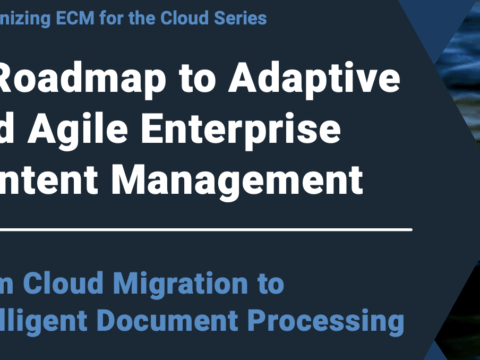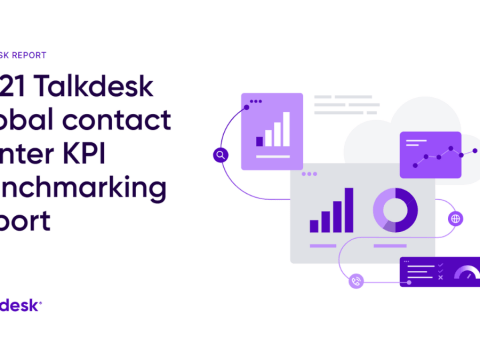
Artificial intelligence (AI) is no longer a business experiment. It has progressed to become an integral part of enterprise strategy at companies large and small. AI presents an enormous opportunity to turn data into insights, spark action that’s based on better decision-making, and to amplify human capabilities for the greater good—and for better business. AI can help decrease business risk and increase ROI by making breakthrough innovations possible. However, the promise of AI is not guaranteed. Responsible, transparent and explainable AI doesn’t always come easy.
As the outcomes of AI models and insights become more business-critical, models need to operate reliably with visibility and accountability during processes. Analytic decisions based on incomplete or inaccurate data, models, workflows, and processes can have dire consequences. Success requires
automation and transparency across the AI lifecycle, coupled with documented explainable results.
Leaders of enterprises creating AI services are being challenged by an emerging problem of how to effectively govern the creation, deployment, and management of these services throughout the AI lifecycle. Today’s enterprise, including IBM, want to understand and have control over their processes to meet internal policies and external regulations.
This is where AI governance makes a difference. AI governance is the overall process of directing, managing, and monitoring the AI activities of an organization. Whether your organization is considering adopting AI or is further down the journey, establishing an AI governance framework should be part of your strategy. Organizations that stay proactive and infuse governance into their AI initiatives from the onset can help minimize risk while strengthening their ability to meet ethical principles and government regulations. In particular, leaders of organizations and enterprises in regulated industries, such as banking and financial services, are legally required to provide a certain level of transparency into their AI models to satisfy regulators.
This article is posted at ibm.com

Please fill out the form to access the content








